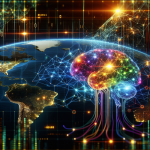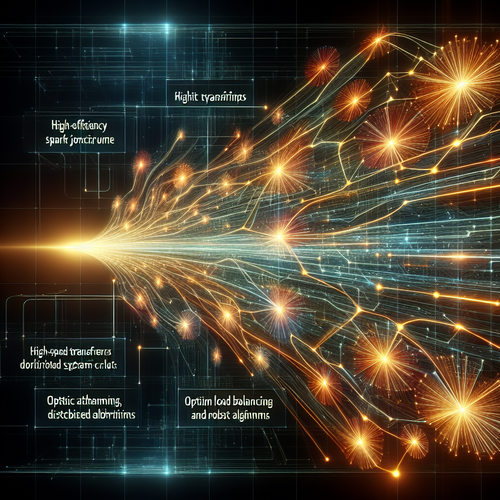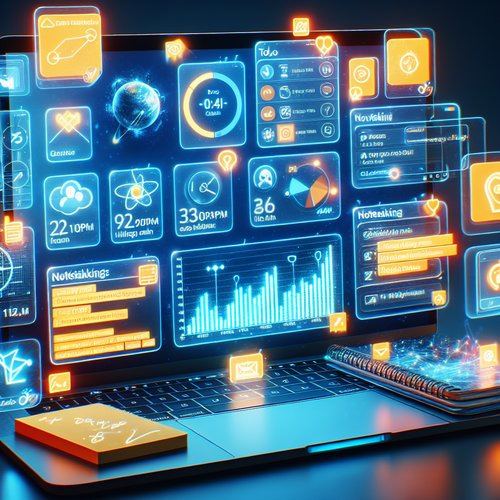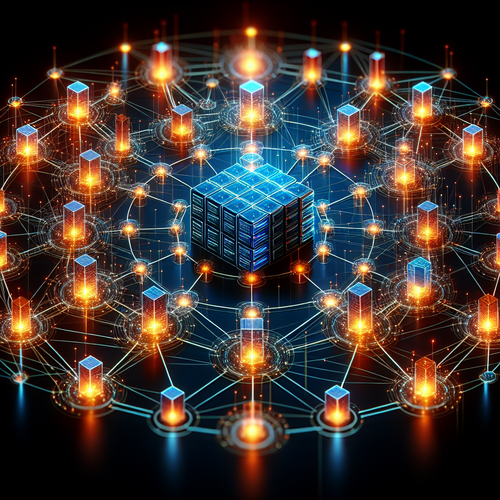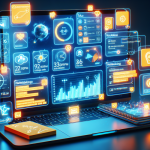
A Beginner's Guide to AI-Powered Edge Computing
A Beginner’s Guide to AI-Powered Edge Computing
Edge computing powered by artificial intelligence (AI) brings computing closer to data sources such as IoT devices or local edge servers. It provides rapid real-time analytics and insights by processing data locally rather than relying solely on cloud data centers. This guide will help you understand the concept, prerequisites, deployment steps, troubleshooting tips, and summarize crucial points for beginners.
What is AI-Powered Edge Computing?
AI-powered edge computing involves embedding machine learning models and data processing capabilities on edge devices—units that reside at the periphery of the network. This tech enables faster responses, lower latency, enhanced privacy by local data processing, and less bandwidth consumption for cloud services.
Key Benefits
- Reduced Latency – Faster data processing at the source.
- Improved Privacy – Sensitive data remains local.
- Bandwidth Efficiency – Less reliance on cloud connectivity.
- Resilience – Edge devices operate independently from centralized failures.
Prerequisites for AI Edge Computing
- Hardware: Powerful edge devices like NVIDIA Jetson Nano, Google Coral, or other AI-optimized chips.
- Software Frameworks: Lightweight AI/ML frameworks such as TensorFlow Lite, Edge Impulse, or OpenVINO for model deployment.
- Programming Skills: Basic understanding of Python, C++, or relevant languages for AI model integration.
- Networking: Reliable connectivity for updates and cloud sync while prioritizing offline capabilities.
- Data: Access to datasets for training models or pre-trained models that fit edge scenarios.
Step-by-Step Guide to Deploy AI on Edge Devices
1. Select an Edge Device and AI Framework
Choose hardware suited for your use case and select a compatible AI deployment framework. For example, NVIDIA Jetson devices support TensorRT, while Google Coral supports TensorFlow Lite.
2. Prepare Your AI Model
Train your machine learning model in the cloud or locally using large datasets. Convert the model to a lightweight format using tools such as TensorFlow Lite Converter.
3. Deploy Model to Edge Device
Transfer the optimized AI model to your edge device. You may use USB, cloud sync, or network transfer. Ensure the device has the runtime libraries required for model execution.
4. Develop Edge Application
Write code to load the AI model, preprocess incoming data, and postprocess model outputs. Streamline this with sample SDKs from your device manufacturer.
5. Test and Optimize
Test performance under real-world conditions. Optimize the model or application for latency, energy usage, and accuracy as needed.
Troubleshooting Common Issues
- Model Compatibility: Confirm framework and device compatibility; re-convert models if errors arise.
- Performance Bottlenecks: Profile your application to identify slow processes or memory overloads.
- Connectivity Issues: Ensure your device network settings are configured correctly for updates and cloud synchronization.
- Power Consumption: Monitor battery or power usage for mobile edge devices and apply power-saving modes.
Summary Checklist
- Choose appropriate AI-enabled edge hardware.
- Use lightweight, optimized AI models and frameworks.
- Develop and test edge applications for real-time data usage.
- Monitor performance, connectivity, and power usage.
- Update models and software regularly to improve accuracy and security.
For related insights on integrating AI with edge technology, check our article on Integrating AI with Edge Computing for Enhanced IoT.
Learn more about edge computing hardware and software trends at the NVIDIA Jetson Nano (Official site) and TensorFlow Lite (Official site).



